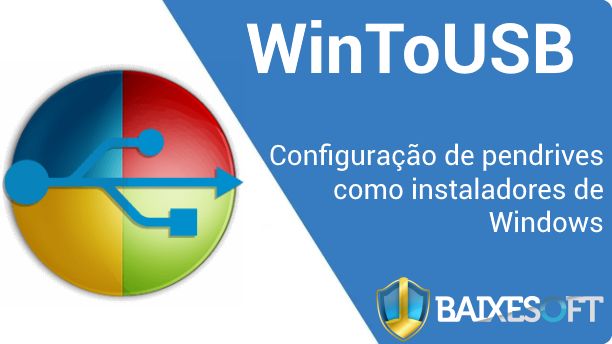


Sad part, I didn’t start uploading the Tutorials to the blog, it’ll be in PDF format because I don’t want 300 post/articles when there can be a page to host the PDF’s. I put together a guide not to long ago that covers how to install a Windows To Go environment using the PowerShell and Command Prompt, along with two different ways of doing it. I’ll play around with it when there’s some free time. All I see WinToUSB doing is running the operating system from the flash drive and letting you setup a Windows To Go environment. Yeah I’m kinda confused about the install windows, so you can install windows from the USB Flash drive or just run it because the website and this tutorial is kinda misleading. Once done, you can boot from the USB drive into Windows.

The program starts to clone the operating system then which may take some time depending on several factors including the speed of the USB Flash Drive and the operating system itself. The drive needs to have at least 32 Gigabyte of storage. Note: Not all USB drives are suitable for this operation and the developer suggests to use Windows To go certified devices for this.Select the destination disk first and then the boot partition and system partition. The disk selector is displayed afterwards.The program displays a prompt notifying you that it needs to build a WinPE image and that the operation may take several minutes to complete.WinToUSB displays basic system information to you.Select the third option on the left from the available options in the program interface.Run the program after it has been installed successfully.The installer does not contain adware or potentially unwanted offers. You can clone any Windows 7 or newer installation and create a Windows To go workspace off of it this way. You find a full list of differences between Windows installations and Windows To Go on Technet. All internal hard drives are for instance offline by default and hibernation is not available as well. The operating system is fully configurable but has several limitations. It has been designed for various scenarios, including work from home and bring your own device to work (BYOD). Microsoft introduced Windows To Go in Windows 8 Enterprise allowing users to boot into the operating system using a USB drive. The most recent update of WinToUSB that was released yesterday (version 2.0) adds a third option to the program: it is now also possible to create a Windows To Go device with it. This can be useful in numerous occasions, for instance when the device you want to install Windows on has no optical drive.Īll you have to do is select an ISO image or Windows installation disc, select a connected USB drive and let the program handle the rest.


 0 kommentar(er)
0 kommentar(er)
